|
Some shots from a trip to Provence In 2010, with paintings by Cézanne and van Gogh.
3 Comments
John Keats defined Negative Capability as "when a man is capable of being in uncertainties, mysteries, doubts, without any irritable reaching after fact and reason." I'll go along with that. It's always been a mystery to me why Japanese canvas stretchers don't feature wedges for tautening a canvas, a common feature in Europe and probably the US. At last I've found the "A" range by Maruoka that does have wedges. Taut as a drum from now on. I'm ashamed to admit that one of my online pastimes is Googling 'Roger Barnard artist'. A recent search turned up reviews in the newly-uploaded Spectator archives of the New Generation shows in 1966 and 68. I wasn't aware of these reviews before, and discovered that they were both less than enthusiastic, and my paintings weren't mentioned at all. From the 1966 review by Mario Amaya: "… this latest selection of eleven painters and two sculptors chosen by Mr Robertson seems to be straining desperately to create an effect, without knowing quite why or what it is after." A pretty accurate description of my current work, too. And in 1968 Paul Grinke concluded his review with: "Many people will no doubt be disappointed that there are no new names to conjure with, and not all that much new work by older hands, but the show remains both useful and enjoyable." Well, that was something, I suppose. These reminded me of a 'review' of the 1966 show in the now defunct Studio International magazine which was actually written beforehand by Patrick Procktor, one of the artists featured in the first NG show in 1964. I and the three other Central students had been told that Procktor would be visiting the school, and after showing him our work, we naively assumed that the article would be a standard puff piece. But no such luck. As a temporary art critic, he was refreshingly honest about all the artists, and very sparing in his praise. He wrote that my paintings were "fair examples of optical paintings, the most recent one moving towards something less mathematically regular. Where?" Fair enough, Patrick. It wasn't all gloom, however. I remember I was mentioned favourably in a 1966 BBC broadcast of "The Critics", but I have no recording to back up my claim. And after my father died, I discovered a cutting from The Sunday Telegraph dated May 5, 1968. Edwin Mullins, the regular art critic, wrote: "The early King "Twilight," will in time be regarded as a seminal work in British sculpture of the 1960s; and Hoyland, Barnard, and Lancaster are others for whom my respect grows." Which was nice. In September 2015, I commented on a video on the Prager University Facebook page. You can watch the video and read my original and follow-up comments here (if you have nothing else to do).
For a couple of months after my comment appeared, there was a steady trickle of responses, mostly agreeing with me, so that was nice. Around the end of the year, the negative ones started popping up and then things went relatively quiet. For some reason, since March this year there have been more or less daily comments, a lot of them of the ‘modern art sucks’ variety. Among other things, I have been called ‘an airhead liberal’ and ‘a waste of space’. It’s actually been quite interesting trying to articulate what I think about ‘modern’ art (not an unquestioning defence by any means), but the recent trolling has made me more wary of expressing my opinions on the Internet. This blog is different, as no one seems to read it … |

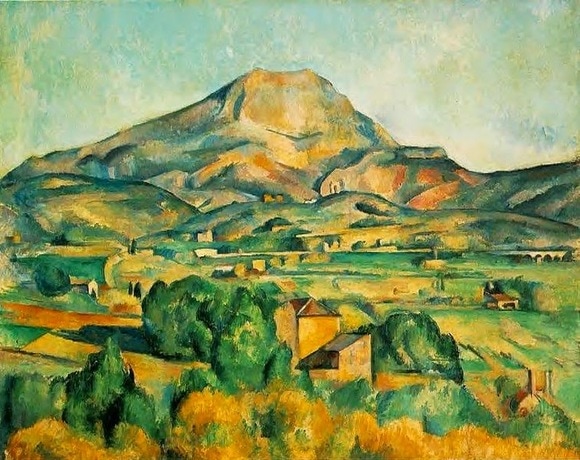

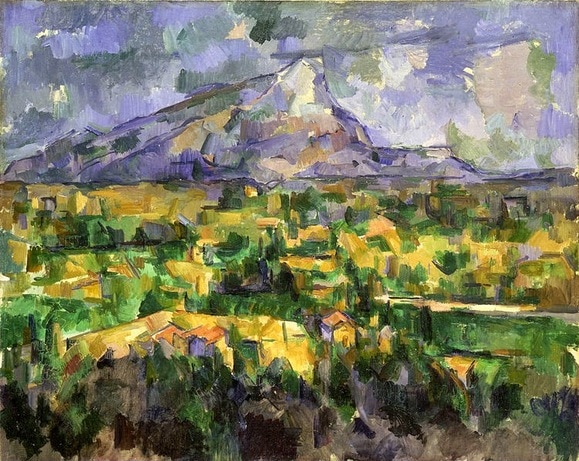
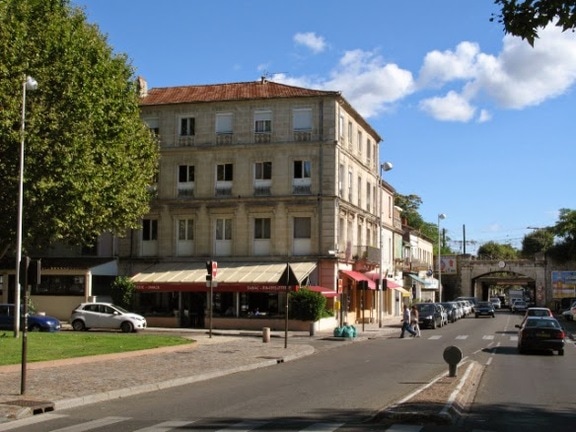
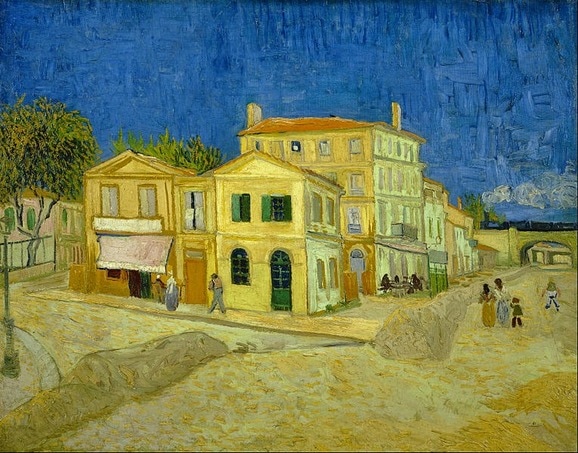

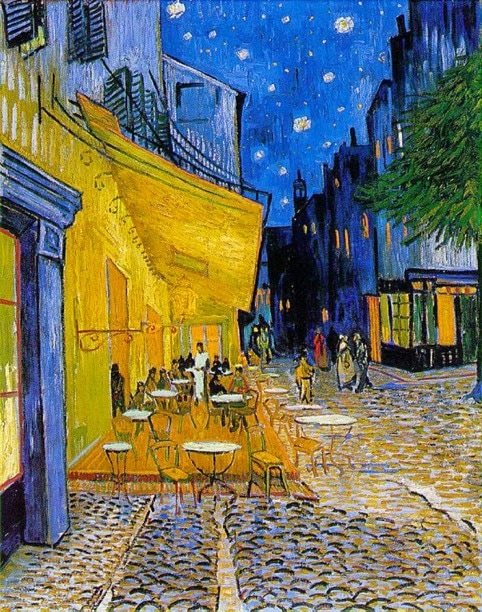

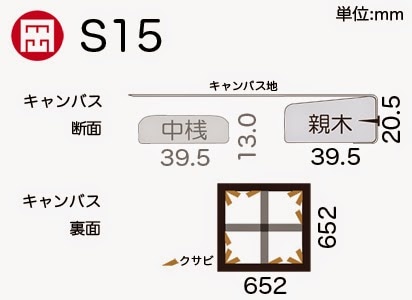

 RSS Feed
RSS Feed